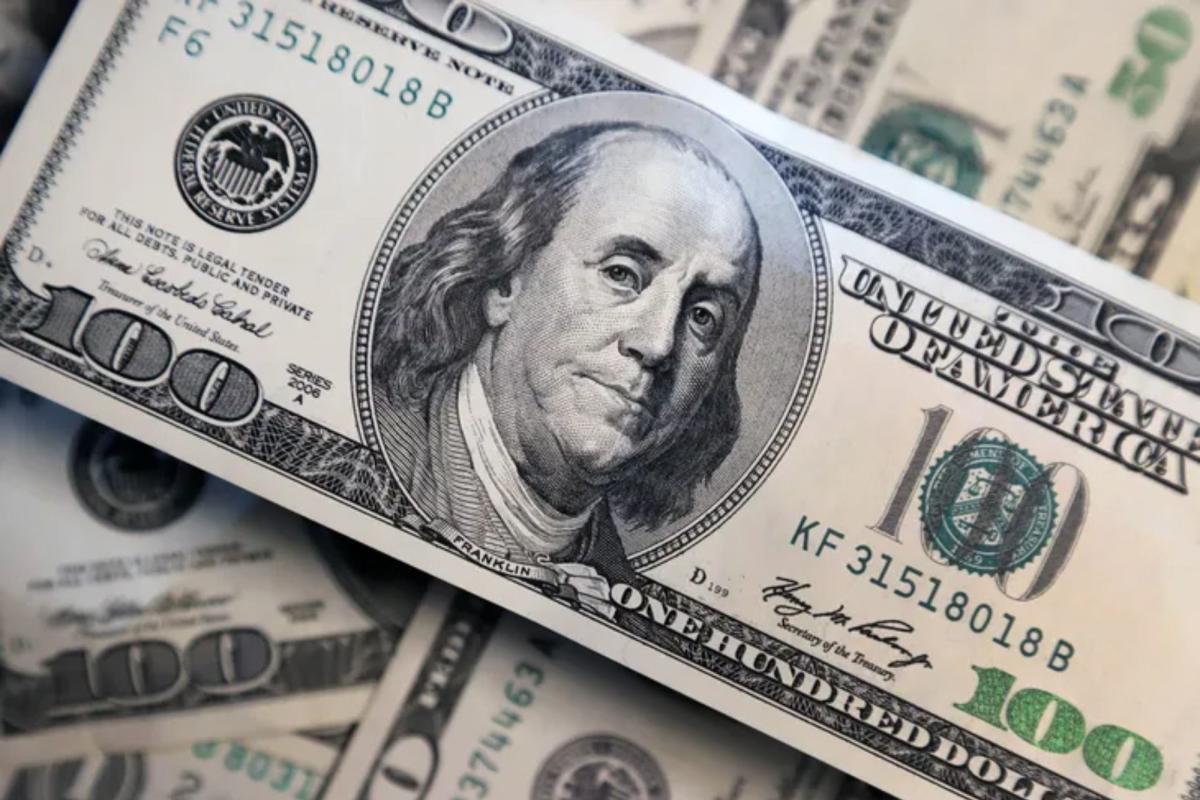Introduction To Dollar Rate Todayin Pakistan
The dollar rate in Pakistan is a crucial indicator of the country’s economic health, influencing not only international trade but also domestic inflation, investments, and the overall standard of living. For anyone involved in trade, travel, or investments, keeping an eye on the exchange rates, particularly the dollar (USD) and pound sterling (GBP), is essential. In this article, we will delve into the factors influencing the dollar rate today in Pakistan, its historical context, and its impact on the economy, along with a comparison of the pound rate today in Pakistan.
Understanding the Dollar Exchange Rate in Pakistan
The exchange rate between the Pakistani rupee (PKR) and the US dollar (USD) is dynamic and subject to a variety of influences. These include:
-
Demand and Supply: The fundamental driver of the exchange rate is the demand and supply of the currency in the foreign exchange markets. The higher the demand for USD in Pakistan, the more expensive it becomes relative to PKR.
-
Foreign Reserves: Pakistan’s foreign reserves play a significant role in stabilizing or destabilizing the exchange rate. When reserves are low, Pakistan’s central bank may struggle to meet the demand for foreign currencies, causing the value of the rupee to drop.
-
Global Economic Conditions: International factors such as global trade, oil prices, and the overall health of the global economy affect the dollar rate in Pakistan. For example, rising oil prices tend to weaken the rupee, as Pakistan is a net importer of oil.
-
Political Stability: Political uncertainty or instability tends to weaken investor confidence, resulting in capital flight and a weakened currency.
-
Monetary Policy: The State Bank of Pakistan (SBP) plays a crucial role in managing the exchange rate by adjusting interest rates and intervening in foreign exchange markets when necessary.
-
Inflation Rates: A country with a lower inflation rate than its trading partners will see an appreciation in its currency. Conversely, higher inflation rates in Pakistan can erode the value of the rupee against the dollar.
Historical Context of the Dollar Rate in Pakistan
Historically, the Pakistani rupee has faced consistent depreciation against the US dollar. When Pakistan became independent in 1947, 1 USD was equal to 3.31 PKR. Over the decades, various factors such as wars, economic mismanagement, and rising external debts have led to the gradual depreciation of the rupee.
In recent years, especially from 2018 to 2023, Pakistan has faced severe economic challenges, including:
-
External Debts: Pakistan’s growing external debt has necessitated frequent dollar borrowing, which exerts pressure on the rupee.
-
COVID-19 Pandemic: The global pandemic disrupted economic activities, affecting exports, remittances, and foreign direct investments (FDIs), all of which weakened the rupee further.
-
Political Unrest: Political uncertainty following changes in government and economic policies has contributed to the volatility of the rupee against the dollar.
As of today, the dollar rate in Pakistan fluctuates daily. It is important for businesses, travelers, and investors to track these changes closely.
Dollar Rate Today in Pakistan
The exact dollar rate in Pakistan today is influenced by various factors mentioned earlier. It typically hovers between PKR 275 and PKR 300 per USD, but these numbers can change based on daily market activities, government policies, and global economic events.
To get the most accurate and up-to-date exchange rate, one can refer to reliable financial websites, the State Bank of Pakistan, or currency exchange platforms.
The Impact of Dollar Rate Fluctuations on Pakistan’s Economy
-
Imports and Exports: Pakistan is heavily reliant on imports for energy (oil, gas), machinery, and food. A higher dollar rate means that imports become more expensive, increasing the cost of production and goods for consumers. Conversely, a weaker rupee makes Pakistan’s exports cheaper, potentially boosting foreign demand for Pakistani products.
-
Inflation: A higher dollar rate directly contributes to inflation, as the prices of imported goods, such as fuel, increase. This triggers a ripple effect across various sectors, making everyday goods and services more expensive for the average Pakistani.
-
Foreign Debt: Pakistan’s foreign debt is largely denominated in dollars. When the rupee weakens, the cost of servicing this debt rises, putting further strain on the national budget.
-
Remittances: On a positive note, a higher dollar rate can benefit Pakistan in terms of remittances. Pakistan receives significant remittances from overseas workers, particularly from the Middle East, Europe, and North America. A stronger dollar translates to more rupees for the families of overseas workers, providing them with greater purchasing power.
-
Investment and Capital Inflows: Foreign investors and multinational companies keep a close watch on the exchange rate. A stable or appreciating rupee can attract foreign investment, whereas a depreciating rupee may result in capital flight as investors seek safer assets.
Pound Rate Today in Pakistan
Just as important as the dollar rate, the pound rate today in Pakistan is another crucial factor in the country’s financial landscape. The British pound (GBP) is a significant currency for Pakistan due to the historical ties between the two countries and the large Pakistani diaspora in the UK.
Like the dollar, the pound’s exchange rate against the rupee is influenced by demand and supply, foreign reserves, inflation, and international economic conditions. Additionally, Brexit and changes in the UK economy have affected the pound’s value in recent years.
Today, the pound rate in Pakistan fluctuates between PKR 360 and PKR 390. Given the pound’s traditionally stronger value relative to the dollar, fluctuations in the pound rate can have substantial impacts on trade and remittances between Pakistan and the UK.
The Impact of the Pound Rate on Pakistan’s Economy
-
Trade: The UK is one of Pakistan’s top trading partners, especially for textile exports. A higher pound rate can make Pakistani exports more competitive in the UK market, potentially boosting export revenues.
-
Remittances: The Pakistani community in the UK is one of the largest contributors to remittances. A stronger pound provides more rupees for families in Pakistan, just like the dollar, helping them manage rising inflation.
-
Tourism and Travel: Many Pakistanis travel to the UK for education, business, and tourism. A weaker rupee makes travel and expenses in the UK more costly, affecting the outflow of tourists.
-
Foreign Investment: British companies invest in Pakistan in various sectors such as banking, textiles, and energy. A stable pound encourages more British investments, while a volatile rupee may deter investors.
Conclusion
The dollar rate in Pakistan today is a critical economic indicator that affects various aspects of life, from consumer goods to government debt. Similarly, the pound rate today in Pakistan is equally important, especially given the strong ties between Pakistan and the UK. Keeping track of these rates is vital for businesses, investors, and individuals, as even slight fluctuations can have far-reaching consequences for the economy and daily life.
Pakistan’s ability to manage its foreign exchange reserves, control inflation, and ensure political stability will play a key role in stabilizing the rupee in the future. As global economic uncertainties persist, exchange rates are likely to remain volatile, and staying informed will be essential for anyone engaging with the global economy.



